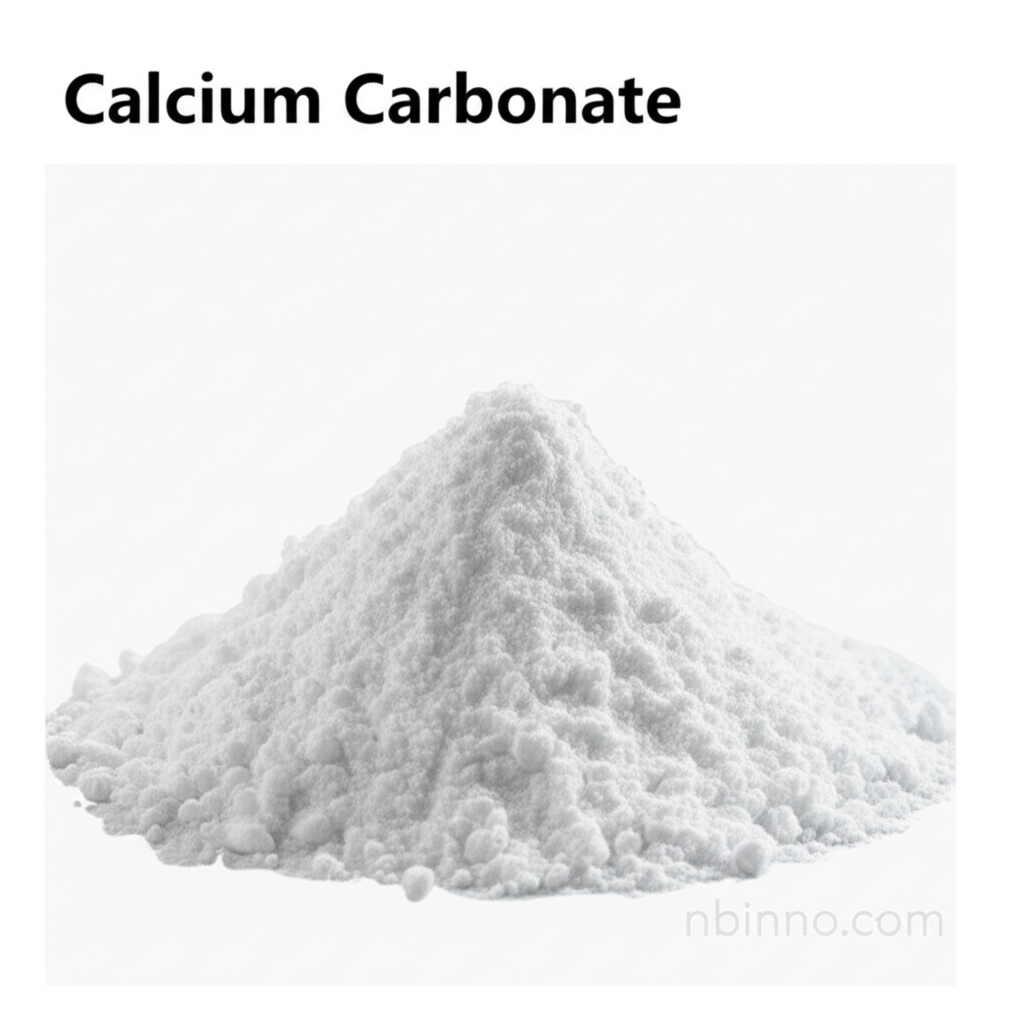Calcium Carbonate: Properties, Applications, and Benefits for Various Industries
Discover the versatility of Calcium Carbonate (CaCO3) – a fundamental compound powering diverse industrial and cosmetic applications.
Get a Quote & SampleProduct Core Value

Calcium Carbonate
Calcium carbonate, chemically represented as CaCO3, is a ubiquitous inorganic compound prized for its diverse industrial and cosmetic functionalities. Available naturally as limestone, marble, and chalk, it is commercially produced through grinding natural deposits (GCC) or chemical precipitation (PCC), offering distinct particle sizes and purities.
- Explore the benefits of calcium carbonate for oil control in cosmetics, a key aspect of its application in mattifying powders and primers.
- Understand why calcium carbonate is a preferred filler in plastics, enhancing stiffness, impact resistance, and cost-effectiveness for various products.
- Learn about the crucial role of calcium carbonate in the paper industry as a pigment and filler, improving brightness and quality.
- Discover the utility of calcium carbonate as a pH adjuster and absorbent in water treatment processes to purify water sources.
Key Advantages
Abundant & Cost-Effective
Leveraging calcium carbonate as a filler in plastics provides significant cost savings due to its natural abundance and lower price point compared to other materials.
Enhanced Product Properties
This versatile compound improves the physical properties of plastics, including strength, impact resistance, and heat resistance, extending product lifespan.
Cosmetic Versatility
In cosmetics, calcium carbonate acts as an excellent absorbent for oil control, a bulking agent for texture, and an opacifying agent, contributing to product aesthetics and performance.
Key Applications
Cosmetics Industry
Used as an absorbent, bulking agent, opacifier, and mild abrasive in makeup, powders, and toothpaste.
Plastic Manufacturing
Functions as a cost-effective filler to enhance stiffness, impact resistance, and durability in various plastic products.
Paper Production
Acts as a pigment and filler to improve paper brightness, opacity, and printability.
Construction Sector
Employed as a filler in concrete and as a component in cement for enhanced durability.
